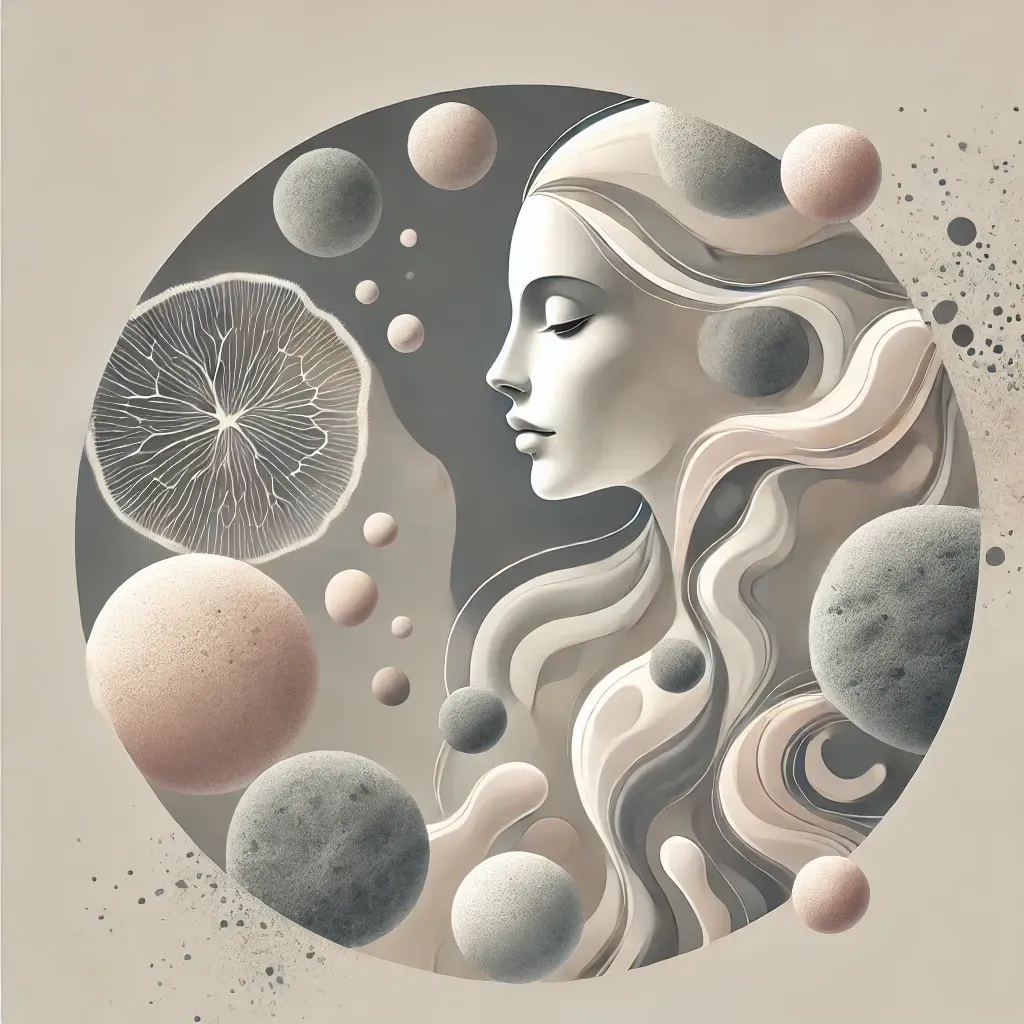Experimenting with Oils: Part 2
Omegas and Oils, Oh My!
It is a common belief that our ancestors had an omega-6 to omega-3 ratio of between 1:1 and 3:1--an ideal ratio for the body. This is most likely not true for the majority of humans today, especially Americans. Many processed foods are baked or cooked in vegetable oil (one of the worst possible oils you could EVER use--see my blog Fat: The Healthy Kind for more on this) and high in omega-6. Because of this, the standard American diet lends to an average omega-6 to omega-3 ratio of 20:1 [1]. That should make your eyes bulge. This extreme change in ratio parallels the increase of obesity in Americans. It is one of the reasons doctors and nutritionists began recommending fish oils--they are high in omega-3 and help get that ratio closer to ideal.
The Differences between the Essential Omegas [2]:
Omega-3
- Represented by alpha-linolenic acid (ALA), these fats are a crucial part of our cell membranes. They can be found in green leafy veggies and flax, chia and walnut seeds. They have many great health benefits such as:
- Improve heart health - increase “good” cholesterol levels and reduce blood pressure
- Reduce symptoms of depression, schizophrenia, and bipolar disorder
- Decrease liver fat
- Support infant brain development
- Fight inflammation
- Prevent dementia, asthma, diabetes, obesity
- Promote bone health
Omega-6
- Represented by linoleic acid (LA), these fats are primarily used for energy. When the proper ratio is ingested, omega-6 can help prevent chronic disease, reduce symptoms of rheumatoid arthritis, assist with breast cancer treatment, and reduce body fat. They can also help the immune system send infection-fighting white blood cells to inflamed areas of the body. Omega-6 can be found in the seeds of most plants.
Neither omega-3 or omega-6 can be produced in or by the body (which is why they are essential fatty acids)--they all have to be ingested through diet. Omega-9, on the other hand, can be produced by the body and it is not essential to your diet.
A distorted ratio of omega-3 to omega-6 can turn all the positive impacts of omega-3’s on their heads, leading to an increased risk for all of the aforementioned benefits. If there is too much omega-6, as there is with almost all Americans, the body has a hard time shutting off it’s inflammatory response, which just down right screws everything up. If your body thinks it has an infection all the time, it can raise your levels of cortisol and throw you into HPA-D without you even knowing it.
As with everything in life, balance is key. Besides just popping fish oil, you can make small changes to your diet that equate to major repairs for your omega ratio! One small change: cooking oil.
Oils with Omegas:
- Olive oil has on average omega-6 to omega-3 ratio of 10:1. That being said, olive oil is largely composed of omega-9 (about 75%) and, though a decently healthy option, is not necessarily the most beneficial when talking omega regulation.
- Coconut oil has neither omega-3 nor omega-6, so a fairly neutral party here.
- Palm oil has on average omega-6 to omega-3 ratio of 10:1, with almost half the product composed of omega-9. However, it contains far more nutrients than any other dietary oil.
- Sesame oil contains 42% omega-9, 15% saturated fat, and 43% omega-6. It contains no omega-3’s. However, it is known for its many health benefits including: cholesterol, blood pressure, and blood sugar lowering as well as its anticancer potential, ability to regulate the immune system, high antioxidant levels, and its ability to protect the liver against alcohol and prescription drugs.
- Avocado oil is largely an omega-9 fatty acid. Benefits of this fruit/oil include: higher good HDL cholesterol, lower risk of metabolic syndrome and lower weight. Avocados are also high in vitamins A, D, E, B1, B6, and phytonutrients and antioxidants.
- Safflower oil is composed of almost 80% omega-6 and often contains polyunsaturated fats, making it unstable and NOT a good choice for cooking or consuming.
- Sunflower oil contains 64% omega- 6, 21% omega-9. Also NOT a great choice for cooking or consuming.
- Peanut oil contains 48% omega-9, 34% omega–6. It contains no omega-3’s. It is safe for cooking, but has very little benefit in terms of getting your omegas in check.
- Walnut oil 60% omega-6, 22% omega-9 and 10% omega-3. The protein in walnuts provides many essential amino acids, and raw walnuts contain the highest total level of antioxidants compared to all other nuts.
- Flaxseed oil 18% omega-9, 16% omega–6 and 57% omega–3. At first glance, it looks great, BUT… it’s pretty unstable and oxidizes rapidly. Usually by the time this oil make it on the shelf of a grocery store, it’s already gone bad. If you choose to purchase this and it smells like turpentine when you open it, do NOT consume it. I flat out recommend that you do not purchase this product, period. I would advise you to purchase the actual seed and add that to your diet rather than the oil as the seed itself has a great omega content.
Reminder: The popular cooking oils these days are vegetable and canola. You can find many different brands in the grocery aisle. DO NOT PURCHASE THEM. They are SO bad for you (again, more info on this in my blog Fat: The Healthy Kind).
Changing up your oil of choice is just a small way to add omegas to your diet. If you’re really serious about getting your ratio closer to that idea of between 1:1 or 3:1, then my suggestion is to decrease your processed food intake as much as possible (in fact, zero would be great!) and start eating at least 8oz of fish per week.
Another great way to get more omegas in your diet is through supplements. And you can shop from this trusted source on Wellevate. Creating an account is free and shipping is free with a purchases $49 and over. Also, check out my blog post “Need to Know Basis: Supplements” about how to safely purchase unregulated supplements.
Cooking with healthy fats is just the beginning to eating better and feeling better. If you struggle with autoimmune disease, fatigue, hormone imbalance, infertility, weight gain, depression or gastrointestinal health, let’s talk about how I can help you heal yourself. I offer a 20-minute Health Discovery Session for $49 to get you on the right path to wellness. Contact me today.
Don't Miss Out!

Heidi Toy Functional Medicine Blog

Omega-3 and Omega-6 are considered “essential” fatty acids because they cannot be produced by the body--we get them from the food we eat. They are biologically active upon ingestion, which means the body utilizes them right away and cannot store them up for later. They are essential because they help with both inflammatory and anti-inflammatory responses.

One of the reasons fad diets often fail is because they are not sustainable. The other reason is because they usually harm different systems in the body as much as they are meant to help. As with all health issues, when it comes to diet, everything should be in moderation. The following five diet points all involve TOO much of a “good thing”:




















































































